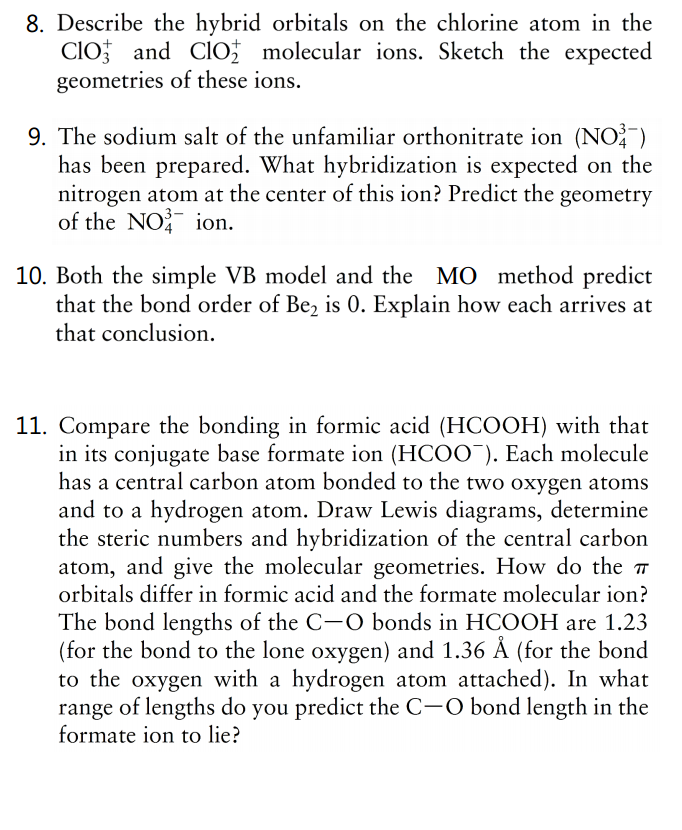


NCERT Solutions for Class 10 Foundation of Information Technology.NCERT Solutions For Class 10 Hindi Kritika.NCERT Solutions For Class 10 Hindi Kshitiz.NCERT Solutions For Class 10 Hindi Sparsh.NCERT Solutions For Class 10 Hindi Sanchayan.NCERT Solutions for Class 10 Social Science.NCERT Solutions for Class 11 Indian Economic Development.NCERT Solutions for Class 11 Political Science.NCERT Solutions for Class 11 Psychology.NCERT Solutions for Class 11 Entrepreneurship.NCERT Solutions for Class 11 Accountancy.NCERT Solutions for Class 11 Business Studies.NCERT Solutions for Class 11 Computer Science (Python).NCERT Solutions for Class 12 Psychology.NCERT Solutions for Class 12 Political Science.NCERT Solutions for Class 12 Entrepreneurship.NCERT Solutions for Class 12 Macro Economics.NCERT Solutions for Class 12 Micro Economics.NCERT Solutions for Class 12 Accountancy.NCERT Solutions for Class 12 Business Studies.NCERT Solutions for Class 12 Computer Science (C++).NCERT Solutions for Class 12 Computer Science (Python).
#CHLORINE ATOM PDF#
RD Sharma Class 11 Solutions Free PDF Download.While the major part of this arises from the introduction of the low-frequency bending and wagging of the R-H-Cl part of the complex, alteration in the frequencies of the low-energy chain deformation vibrations must be invoked to account for secondary effects such as the higher vibrational entropy of activation for attack at secondary than at primary C-H bonds. Discussion of the A factors in the light of transition-state theory indicates that the vibrational entropy of activation increases as RH becomes more complex. Evaluation of the internal energies of activation at absolute zero (ΔU0≠) leads to the unexpected result that two of the values are negative by more than can reasonably be attributed to experimental error. The experimental activation energies of attack at primary bonds decrease as the hydrocarbon RH becomes more complex, tending to a limiting value of about 750 cal mole-1 for long-chain hydrocarbons values for attack at secondary bonds are some 300 cal mole-1 lower and for tertiary some 700 cal mole-1 lower. Use of the accepted value for the absolute rate constant of the reaction with hydrogen 3 then yields absolute values for the Arrhenius parameters. Existing data on addition-substitution competitive photochlorinations of C2H4, 1,2-C2H2Cl2, C2HCl3 and C2Cl4 are discussed.īy carrying out competitive chlorination reactions with hydrogen, the C1-C4 alkanes, cyclopropane, cyclobutane and neopentane, accurate values for the activation energy differences and A factor ratios have been obtained for the reactions RH + Cl = R + HCl. The rate constant ka for the reaction C2Cl*5→ C2Cl4+ Cl is estimated to be less than 4 × 107 sec–1.

for the reactions and where C2Cl5 is a thermalized radical. The experimental data, combined with those from a parallel study of the competition Cl2+ C2Cl4+ C2H6 at 348°K and those from previous studies at higher temperatures, lead to the new values log10k2(mole–1 l. The results are explained in terms of a mechanism in which the activated C2Cl*5 radical initially formed by addition of a Cl atom to C2Cl4 is deactivated by collision much more rapidly than it can react. The gas-phase competitive photochlorination Cl2+ C2Cl4+ 1,2-C2H4Cl2 has been studied at 310°K between 40 and 642 torr in the presence and absence of added CO2 and SF6.


 0 kommentar(er)
0 kommentar(er)
